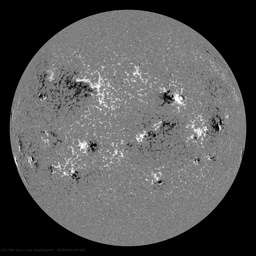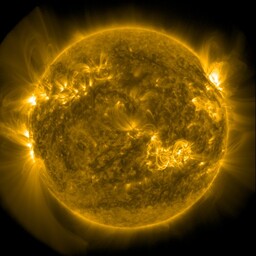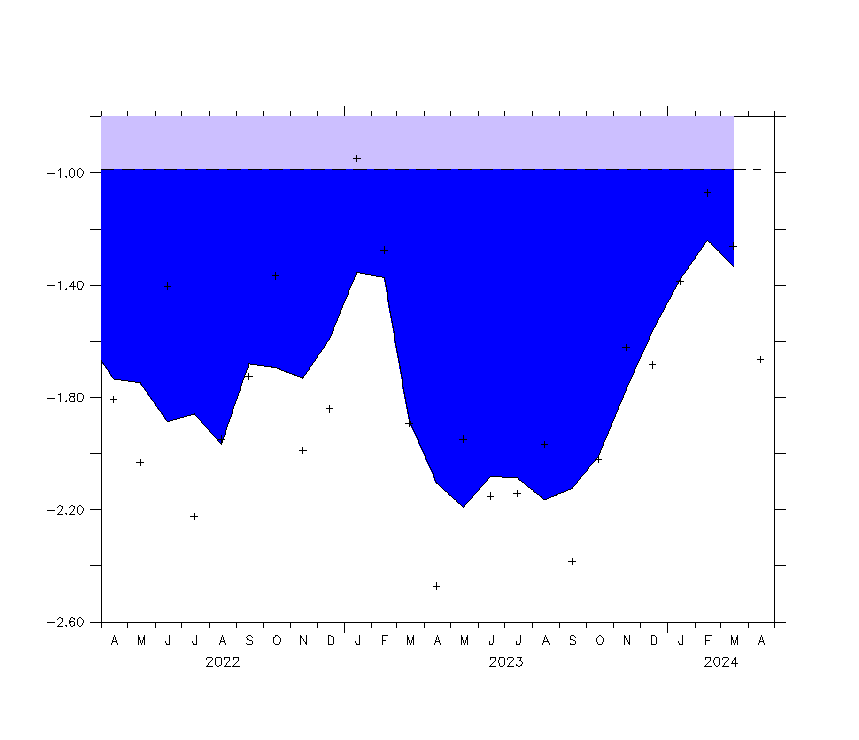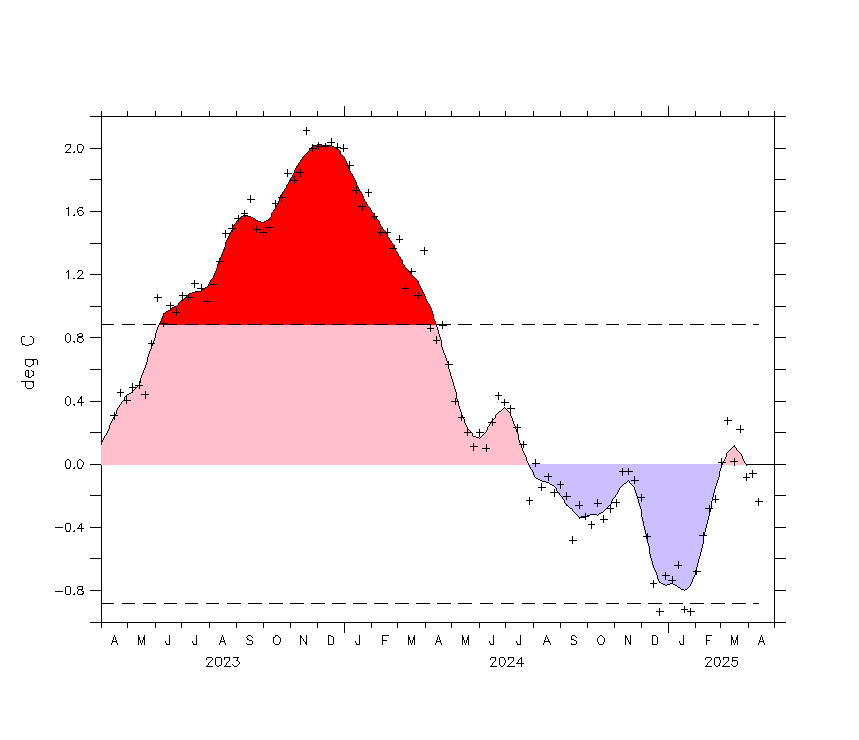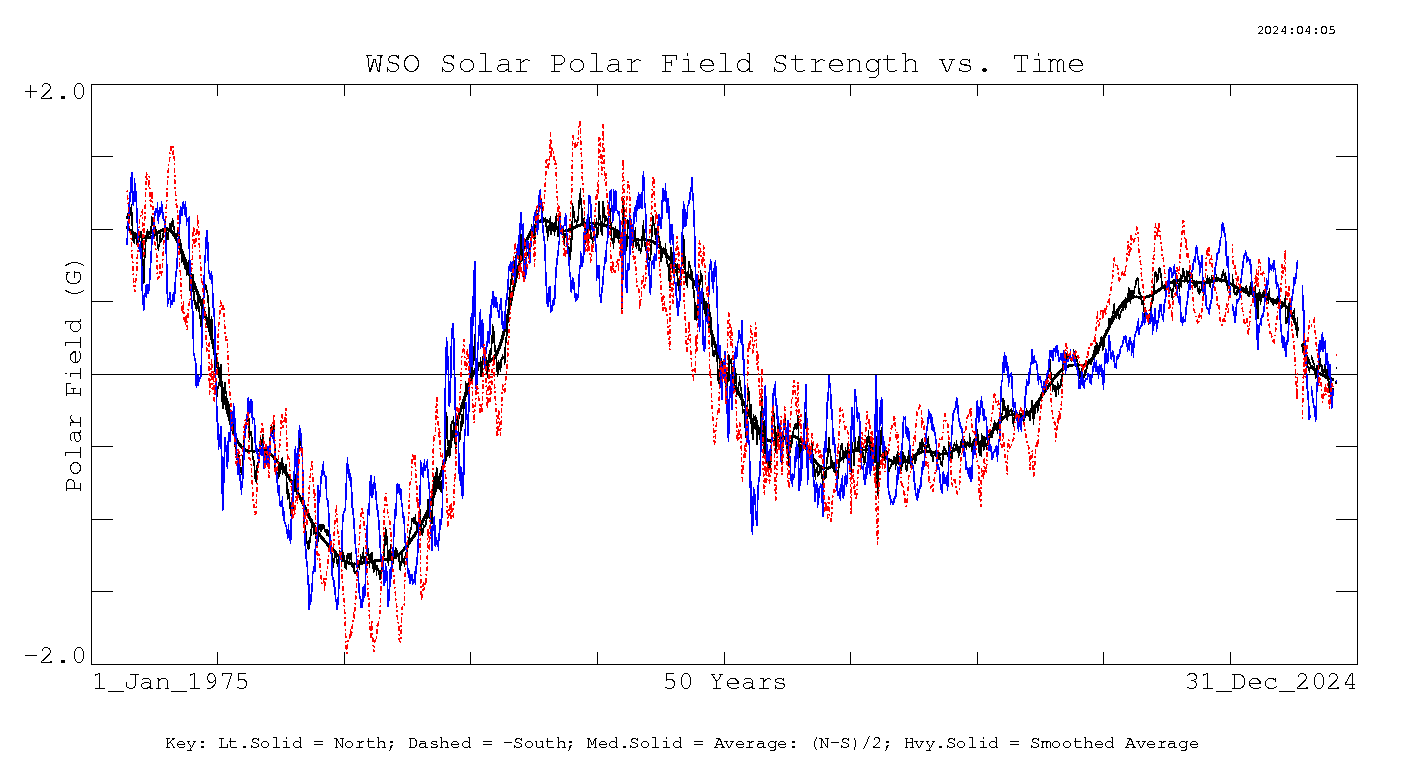Paul D Jose back in April 1965 published a ground breaking paper titled the "Sun's Motion and Sunspots*"
The path of the Sun around the SSB was plotted along with crude angular momentum (AM) graphs that even today show the somewhat obscure AM perturbations made clear in Carl's 2007 graph. Jose was a true pioneer in planetary theory that I believe deserves the naming rights for the current predicted solar grand minimum. One of the main principles of his paper was the recurring 178.8 year cycle of the 4 gas giants that he postulated returned to the same position. This cycle has been used in multiple papers along with a great deal of internet literature especially those consumed with numerology.
My research suggests the 178.8 year cycle of the gas giants is non-existent once tested over multiple cycles. In fact it barely lasts even one cycle when looking at the natural progression of the outer 4 planets. When looking at AM theory the moving planet positions and that variability is what drives the shape of the Holocene solar proxy record. In reality the outer 4 planets which are responsible for the solar path around the SSB that never returns to the same position, but there is a rough cycle of 4628 years where we get pretty close. 4628 is 27 x 171.4 (Uranus/Neptune synodic) and although there is a gradual precession by Jupiter over thousands of years the pattern is reasonably tight.
In the following diagrams the 178.8 cycle is shown to disappear very quickly, but the 4628 cycle is certainly more robust.
Click on the images for a full size view.
179 year progression.

4628 year progression.

The 4628 year cycle shows a main movement of Jupiter, but this movement does have a significant effect on the strength and overall AMP patterns. Over the 4628 year period Jupiter goes through 390.24 orbits. Saturn over the same time period experiences 157.11 orbits.
UPDATE: 24th Jan 2014.
Some further research shows the 4628 cycle as expected is just a brief window of opportunity and is not a repeating pattern. The prior images show Jupiter moving every 4628 years, the Jupiter position in relation to Saturn is crucial when comparing AMP events, 10 deg is make or break. The last image in 10563 shows Jupiter escaping the alignment, when Jupiter returns to a 4 planet alignment will not be 4628 years, in fact it will be 19138 (8575 years). There is an alignment in 16914 but the pattern is broken as the gap is 6351 years, then the next alignment is 19138 (almost perfect) which is another 2224 years away. If we add 4628 years to 19138 we get a very poor aligment, so it is very obvious when it comes to the outer 4 that there is absolutely no repeating patterns.
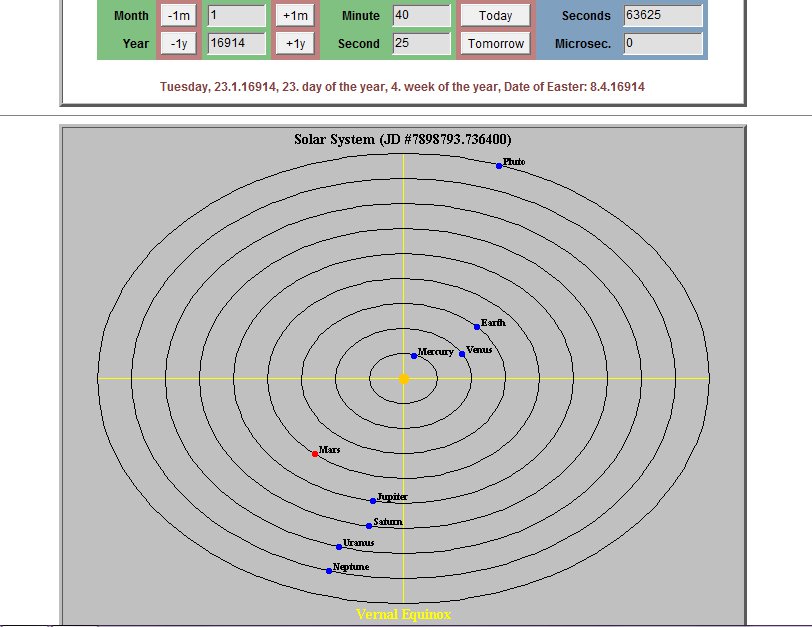
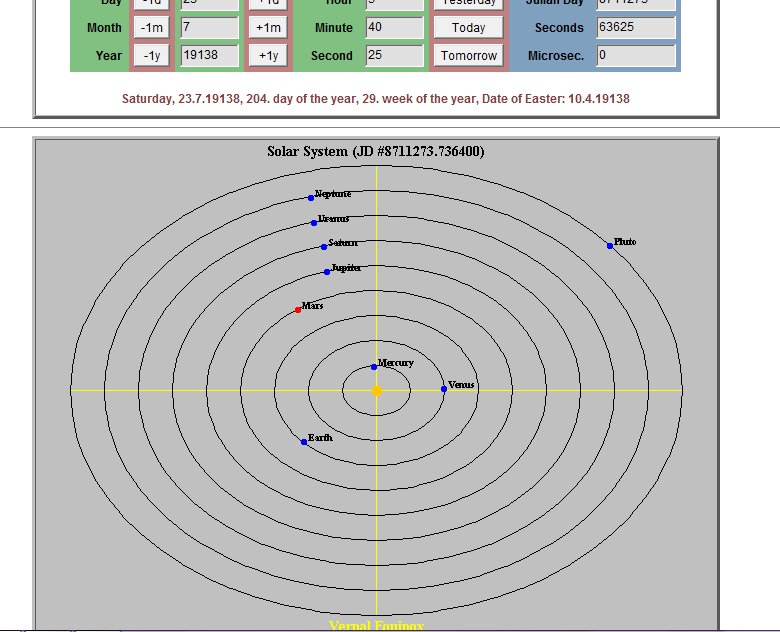
UPDATE: 16th Sept 2013.
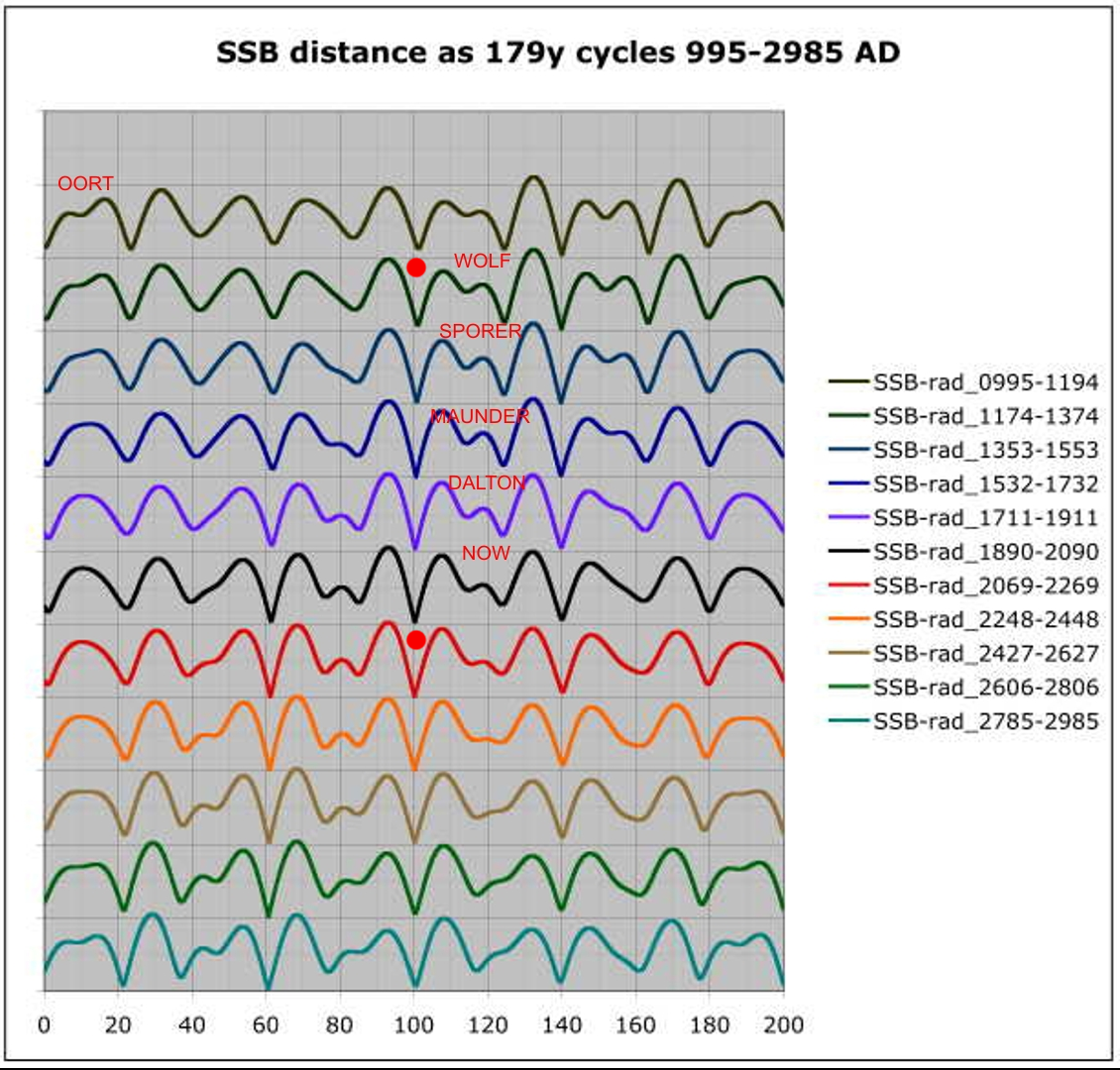
This graph by Carl first shown in 2008 and is part of my original Neptune/Uranus article of 2008 and is gaining some attention recently. It seems to suggest that the planet alignments return every 179 years especially apparent at the 100 and 140 year mark in the stacked 179 year slices, but is this just an illusion as the slices are lined up by the 20 J/S conjunctions which is the real determining factor with U/N modulating every 171.44 years.
But this graph is about the solar position which does indeed return to almost the same position about the SSB every 179 years for the periods involved. But if we look at the planet positions at the 100 year mark or indeed elsewhere they are very different. The 100 year mark is S/U/N with J opposite and straight alignments of the 4 planets resulting in the Sun returning to the centre of the SSB (zero crossing) and as the alignments drift the Sun starts to move away from the SSB at the J/S opposition (not quite a zero crossing), this is the position Landscheidt used to predict grand minima. So the planet positions change over time but the solar path remains the same as far as timing is concerned.


The above 2 diagrams show the planet positions at 1095 and 1990 which correspond with the red dots on Carl's 179 year graph, the 4 outer planets are not matching in any respect. The J/S opposition is controlling the timing so that the possible zero crossings are aligned but U/N control whether the zero crossing occurs (U/N together) or if the solar orbit misses the SSB by a fair margin as in 1095. The position of the big 4 do not repeat every 179 years and the next time a zero crossing matching 1990 will occur is 4628 years from 1990. Of interest is the Landscheidt zero crossing and how a strong crossing is around times of larger grand minima and when the crossing does not occur grand minima are weak (as in the MWP).... the zero crossing is a rough marker but none the less reasonably accurate to within 20 years, but strong zero crossings do not necessarily line up with strong grand minima.
But also of interest is the peak of the AMP hump at the 120 year mark (grand minima position) which is J/U/N with S opposite which also in the supplied data lines up every 179 years even though the planet positions vary each conjunction. I think over Milena this would eventually breakdown or shift to another point 20 years away. The important consideration is not where the hump has its peak but where the diversion from the standard slope appears on the distance or AM graph. This is totally controlled by Saturn which is in a different position every 179 years and the main reason why there is no repeating cycles of grand minima every 179 years (over the Holocene).


